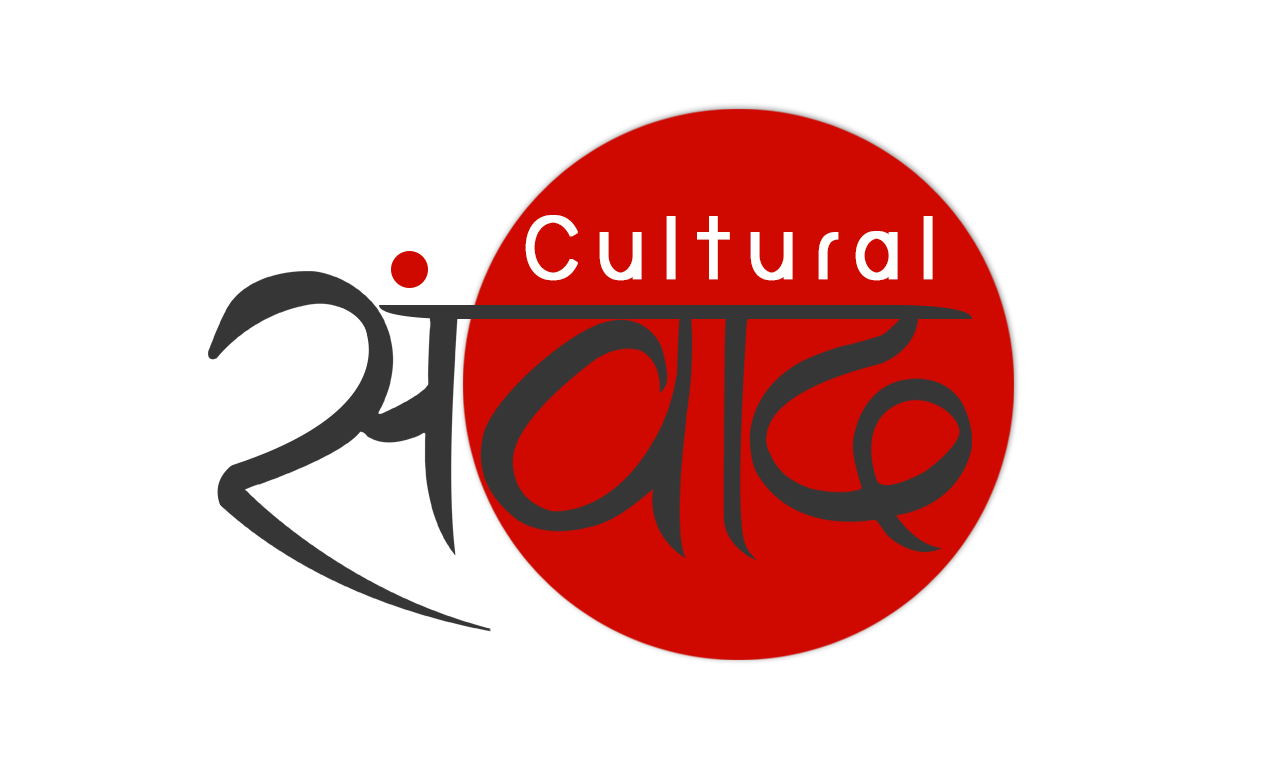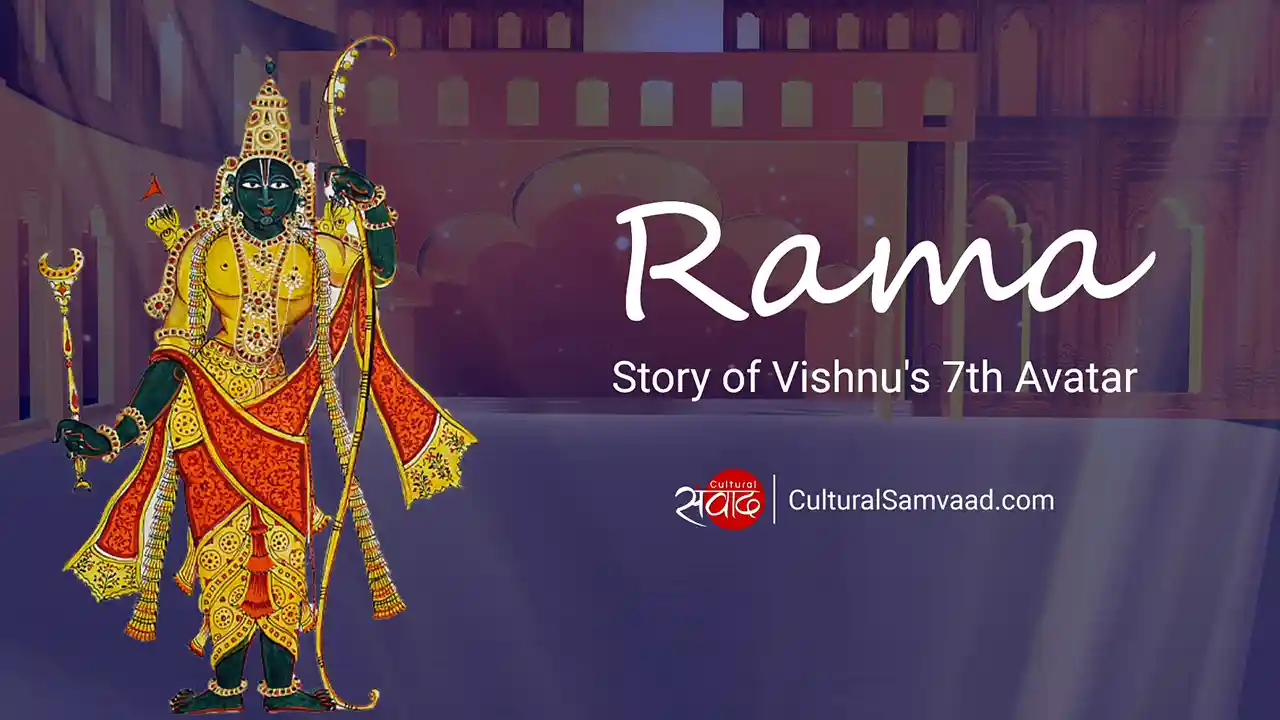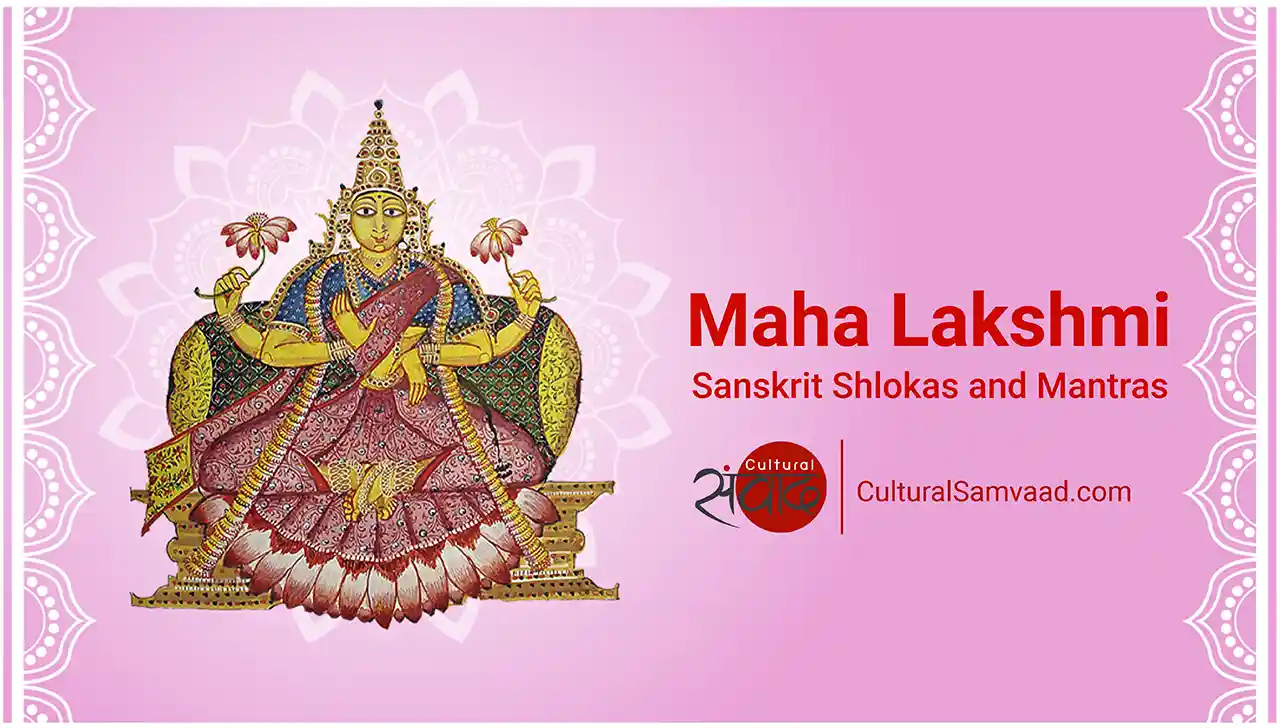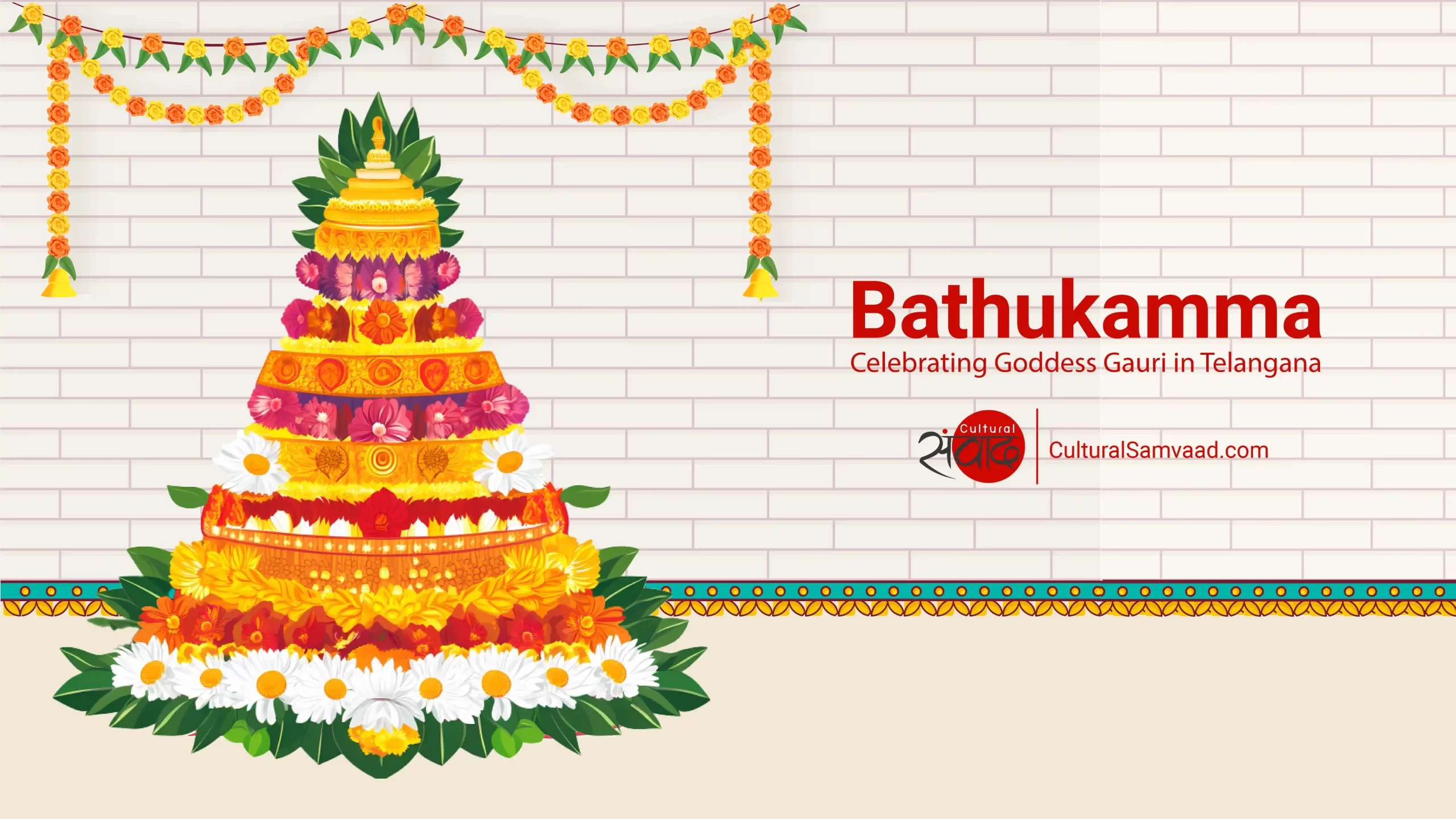Join Cultural Samvaad’s WhatsApp community
Did you know that Indians celebrate many New Years?
India is the land of eternal hope and India and Indians never stop hoping. Driven by this hope, we celebrate a multitude of new years and new beginnings. These diverse new years can be based on the path of the moon or the sun or both and may depend on one’s region or religion or the calendar that one chooses to follow or could be a combination of all of these. In addition, most new years like other celebrations and festivities are generally in tandem with the seasons and the agricultural cycle.
The New Financial Year – April 1
Let us begin with the new year that each citizen of Bharat comes together to welcome. This new year is the beginning of the new Financial Year in India and falls on April 1st of the Gregorian calendar.
इस लेख को हिन्दी में पढ़ें
New Year Celebrations in March and April – It is Spring!
Around the same time in the months of March and April when most parts of the country are soaking in the colours of spring, two major clusters of nava varsha or new years are celebrated through the length and the breadth of the country.
The first cluster coincides with the first day or the Pratipada of the Shukla Paksha in the month of Chaitra which is the new year for many Indians across multiple regions, especially Hindus. In Uttar Pradesh, Rajasthan, Madhya Pradesh, Bihar, Jharkhand and Chhattisgarh the day is referred to simply as Nava Varsha or Nava Samvata; in Maharashtra, the union territory of Dadra and Nagar Haveli and Daman and Diu it is called Gudi Padwa (also spelt as Gudi Padva) ; in Goa it is called Sansar Padvo, in Kashmir it is called Navreh and in Andhra Pradesh, Telangana and Karnataka, it is called Ugadi or Yugadi. Chaitra Shukla Pratipada also marks the commencement of Chaitra Navaratri and the Sindhis celebrate Chetti Chand on the same day.
The second set of new year celebrations are clustered primarily around April 13, April 14 and April 15. Sikhs across the nation and the people of Punjab, Haryana, Delhi and Jammu celebrate Baisakhi while it is time for Basoa in Himachal Pradesh, Bikhoti or Vishuvati Sankranti in Uttarakhand, Puthandu in Tamil Nadu, Vishu in Kerala, Bisu Parba in the Tulu region, Bishuba or Pana Sankrantri in Odisha, Poila Baisakh in West Bengal, Assam and Tripura, Jooda Shital in the Mithila region, Rongali Bihu or Bohag Bihu in Assam, Sangken in Arunachal Pradesh and Tring in Tripura. Please note that some communities also celebrate Tring on November 22.
Sajibu Nongma Panba or Meetei Cheiraobam, the lunar new year festival of many communities in Manipur and the spirited Chad Sukra of Meghalaya also falls during this period.
Let us take a moment here to clarify that given that the Pratipada of the Shukla Paksha in the month of Chaitra does not fall on the same day of the Gregorian calendar every year, it is possible that it may end up coinciding with the second cluster around mid April in some years. On other years they may be weeks apart!
The Other New Years
We haven’t finished yet…we still have a long way to go…
Gujaratis celebrate the Nutan Varsha or Bestu Varsha on the day after Deepawali – Karthika Shukla Pratipada (October-November). This day also coincides with the beginning of the Vir Samvat for the Jainas. Kachchis or people from the Kutch region welcome the new year or Ashaadi Beej on the second day of the Shukla Paksha of Aashaadha.
The Irani Zoroastrians celebrate Nauroz on March 21 whereas Parsis who follow the Shahenshahi calendar usher in the New Year in the middle of August.
Most Muslims observe the first day of Muharram, the first month in the lunar Islamic calendar or the Hijri calendar as the beginning of the New Year.
The festival of Lhosar which falls on different days depending on the area under consideration marks the New Year celebrations for Tibetan Buddhists and many communities in Sikkim. The festival of Galdan Namchot which typically falls in December or January marks the beginning of the new year celebrations in Ladakh. The Angami Nagas celebrate new year during Sekrenyi , an annual 10-day purification festival, while many communities in Nagaland and Mizoram and Christians across the country celebrate New Year on January 1 as per the Gregorian calendar.
New Years Cannot Be Compartmentalised – Bharat is the Land of Hope and Celebrations
It is pertinent to mention that the aforementioned festivals especially when linked to states are only indicative. There are multifarious overlaps and also many local celebrations. We are also sure that we have missed many beautiful parvas and utsavas which usher in the nava varsha in the spiritual land of India, that is Bharat and would like to apologise for all such omissions and errors.
Team Cultural Samvaad takes this opportunity to wish each Indian auspicious beginnings and eternal hope on every single day that is a new year in any part of this kaleidoscopic nation.
Shubha Nava Varsha. Happy New Year!
Editor’s Note: The above is not an exhaustive list of New Year celebrations in India. If you feel that we have missed a New Year, please do write to us at editor@culturalsamvaad.com. If you would like to write about your New Year or would like to share pictures, please use the same id. We would love to hear from you.






Add comment